Dr. Wil Horton. Basic practitioner manual
basic practitioner_manual
[1 eBooks ]
Description
Page 1 from the manualTable of Contents Introduction ………………………………… 3Table of Contents ………………………….. 5Questions and Answers about NLP ………… 7Sensory Acuity …………………………….. 9Body Awareness/Wide Eyes/Mind Body ….. 11Martial Arts & NLP ……………………….. 12Eye Accessing Movements ………………… 13Representational Systems ………………….. 17Predicates ………………………………….. 19Sub-Modality Distinctions …………………… 20Sensory Perceptual Strategies ………………. 22Sensory Acuity and Rapport ………………. 24States of Excellence ……………………….. 25Major Presuppositions of NLP …………….. 26meta Model …………………….………….. 27Information Gathering ………………………. 28meta Model Chart …………………………… 29Nominalisation ….………………………….. 30Anchoring …………………………………… 31Anchoring and Adding a Resource ………… 33Chaining Anchors ……….………………. 34Changing Personal History ………………… 35Re-parenting ……………………………….. 36Lie/Truth Exercise ………………………….. 37Eliminating Fears and Phobias …………….. 39How to Mend a Broken Heart ………………. 41The Visual Squash Exercise with Regression. 44Visual Squash – Revised ……………………. 46New Behavior Generator …………………… 49Reframing Outline: 6 Step …………………. 50The Swish Pattern …………………………. 52Swish Pattern Exercises …………………… 53Computer Swish Exercise ………………….. 54Godiva Chocolate Pattern …………………. 55NLP Handshake Interrupt Induction ………. 56NLP Based “Nonverbal” Induction ………… 57Building Self-Confidence ………………….. 59Developing Self-Appreciation …………….. 61It Reminds Me of a Story – The Ugly Chicken. 62Selected Other NLP Reading ……………… 66Appendix I The meta Model ……………. 67Appendix II Timeline …………………….. 81Appendix III Glossary of Common NLP Terms 86Appendix IV Dave Elman Induction 93Appendix V Reframing 95Appendix VI NFNLP Activity Summary 97NLP Exam – Part I ……………………….. 98NLP Exam – Part II ………………………. 100 Questions and Answers About NLPQ. What is NLP?A. NLP is a unique model of how people learn, motivate themselves, and change their behavior to achieve excellence in any endeavor. Q. How did NLP get its name?A. The term Neurolinguistic Programming was introduced by Alfred Habdank Skarbek Korzybski. This is also the same man who quoted, “God may forgive you for your sins but your nervous system won’t.” NLP is an integration of several disciplines including neurology, psychology, linguistics, cybernetics, and systems theory. The components of the term Neurolinguistic Programming describe best what this little known science encompasses. NEURO because all of our experiences, both conscious and subconscious, are derived through and from our senses and central nervous system. LINGUISTIC because our mental processes are also coded, organized, given meaning and transformed through language. PROGRAMMING because people interact as a system in which experience and communication are composed of sequences of patterns or “programs.”In NFNLP, we currently use PSYCHOLOGY rather than Programming. We do this because the word Psychology comes from the word “psyche” meaning “Spirit” and “ology”, the “study of systems.” Q. What can NLP do?A. It lets you model, or copy, human excellence in any form. With NLP, you can identify what makes someone exceptionally skilled, and get that skill for yourself or teach it to others. NLP can help you become adept in whatever is important to you, whether that means getting along with your family and coworkers or being more effective on the job. Q. Where is NLP useful?A. NLP is valuable wherever human communications skills can enhance results – in business consultation, management, negotiation, education, counseling, therapy, relationships, parenting, nursing, public speaking, sports performance and many other areas. Q. What kind of results can I get with NLP?A. NLP can allow a therapist to change the impact of the past on a client, a teacher to change a poor speller into a good speller, a business person to gain rapport non-verbally and run meetings efficiently, an athlete to improve concentrations, and more. Q. Is NLP a therapy?A. Although NLP can be used as a method of therapy, the applications are much broader. Even when used as a therapy, it’s basically a process of teaching people how to use their brains. Most therapy is remedial; that is, directed towards solving problems from the past. NLP goes much further to study excellence and teach the skills that promote positive change that generates new possibilities and opportunities.
You must be logged in to post a review.

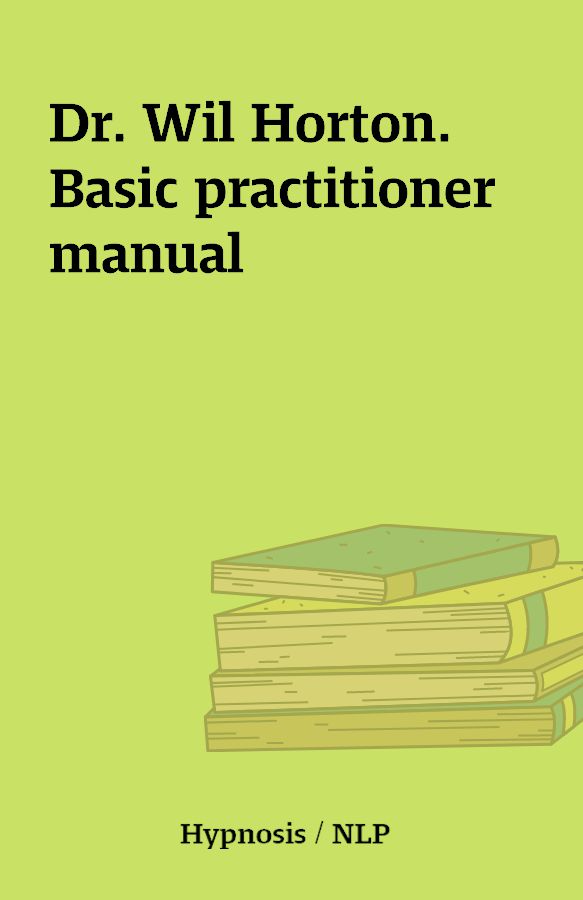
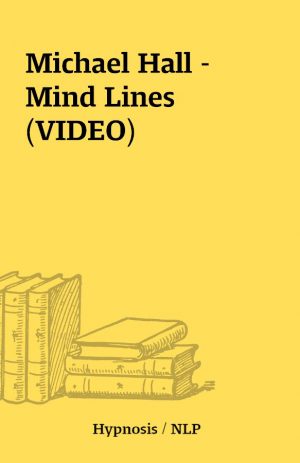
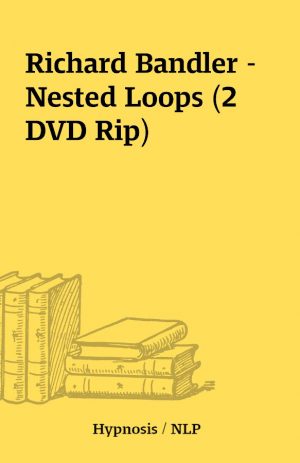
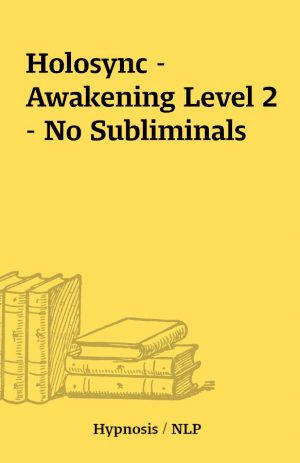
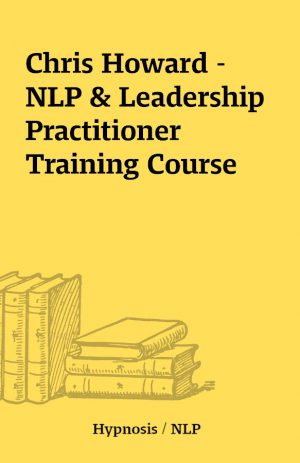
Reviews
There are no reviews yet.